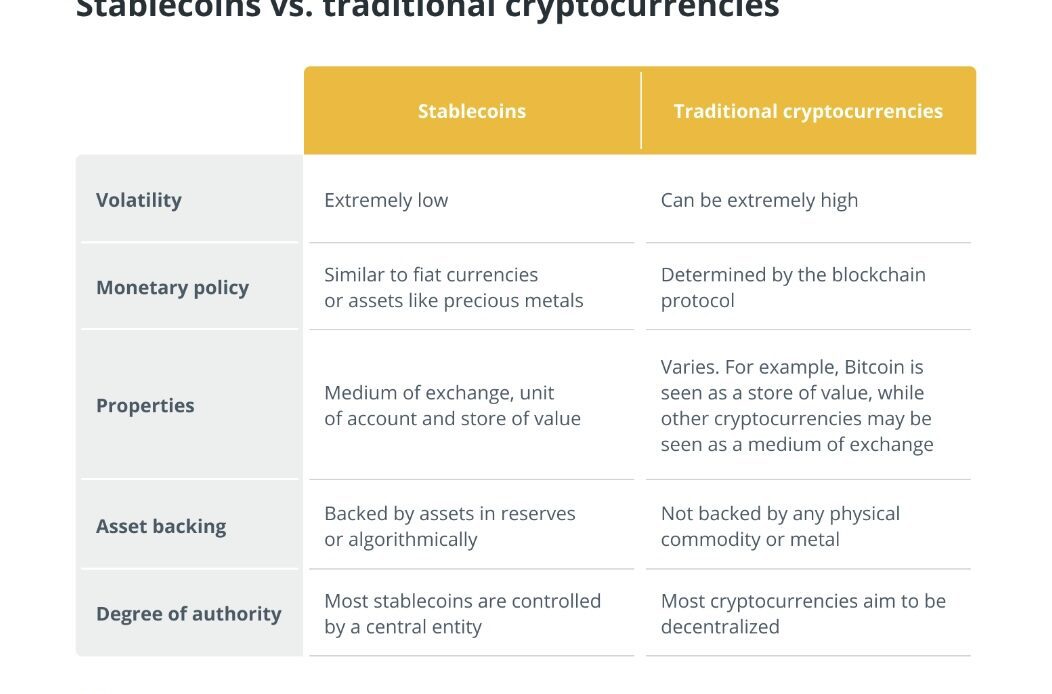When it comes to providing stable value, stablecoins and central bank digital currencies (CBDCs) appear to serve two sides of the same proverbial coin. Crypto stable assets, however, can provide entirely different use cases — and CBDCs simply cannot compete.
The key is programmability — smart contracts that automate and add new features to money. Programmability allows for asset backing and decentralization that is not possible under current CBDC designs. Developers should be taking advantage of the programmable opportunities that stable assets offer rather than trying to compete with CBDCs.
Stable-asset issuers articulate that they can make the current monetary system better — primarily in three ways.
First, stable assets can help reduce the costs of traditional financial activity, such as decentralized borrowing/lending via decentralized finance (DeFi) and remittances.
Related: CBDCs will lead to absolute government control
Second, people in countries experiencing hyperinflation use stable assets as a means to protect their income and stabilize payments, such as through the Reserve protocol in Venezuela.
Third, stablecoins can be used for more privacy-oriented payments, such as MobileCoin (MOB).
These three purposes for stable assets fall within the framing of the present-day financial system. So, it is worth noting that the problems stablecoins address could also be solved, in theory, by CBDCs.
Asset-backing with utility assets
Asset-backing for most stable assets today is modeled largely after traditional finance. That is, their reserves are purely financial assets. Tether (USDT) and USD Coin (USDC) are backed by financial assets including commercial paper, U.S. dollars, and U.S. Treasurys. Dai (DAI) is backed by USDC, Bitcoin (BTC), Ether (ETH) and other stable assets. Stable assets, however, can also include assets with more direct utility not often part of the financial system in their reserve, such as novel real-world assets. The result is additional features that promote real-world use cases of the stable asset itself that cannot be done by CBDCs.
Kolektivo, for example, plans to create natural capital community currencies in which tokenized land assets and food forests back stable assets. Backing a financial system with natural capital is not a new concept, but one articulated by philosophers, such as Charles Eisenstein, who argue that this monetary system would incentivize environmental conservation.
Similarly, communities could tokenize…
Click Here to Read the Full Original Article at Cointelegraph.com News…
























